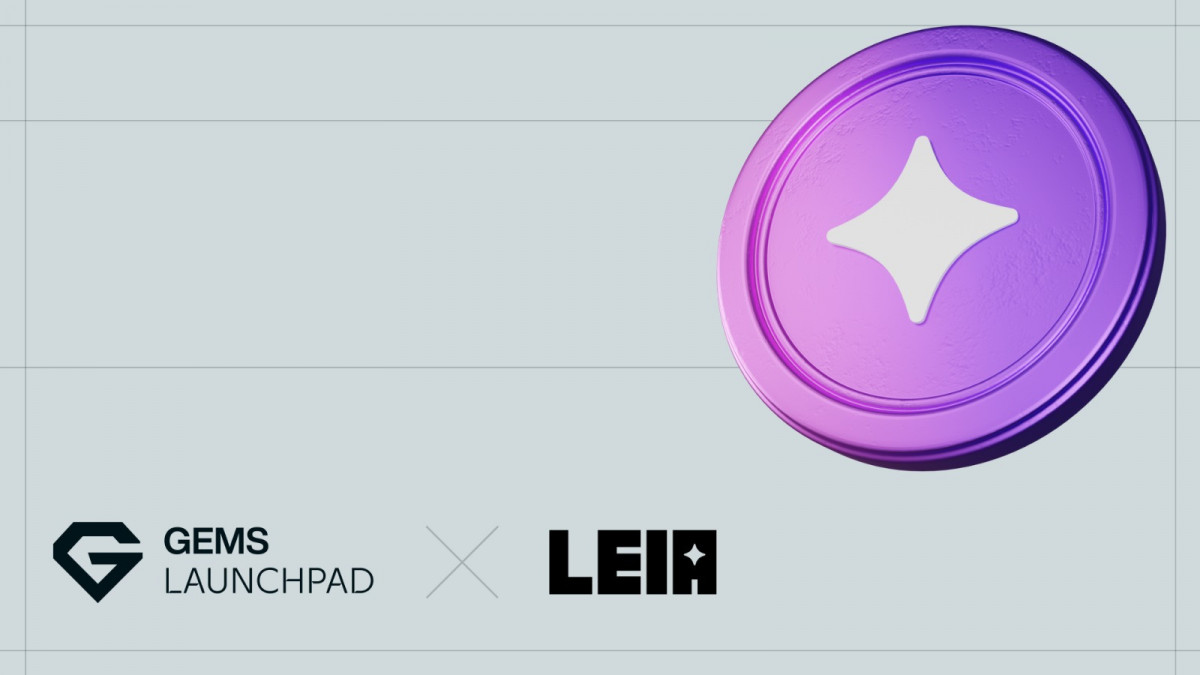Last summer, we talked about the environmental considerations of cryptocurrencies. A number of cryptocurrencies are geared around sustainability, including SolarCoin. However, some mainstream cryptocurrencies such as Ethereum are becoming eco-friendlier as well.
Ethereum is the second largest cryptocurrency after Bitcoin. The cryptocurrency recently moved from a proof of work concept to a proof of stake one which is part of a software upgrade known as the merge. This upgrade changes how transactions on the Ethereum network are managed.
Below, we explain what has changed and whether these changes make Ethereum a greener cryptocurrency. As we stated in the past, we talked about how making Ethereum more sustainable may help it gain traction. The Merge may play a huge role in this.
What is “The Merge”?
The merge is the name given to a change in the security system used by the Ethereum network. Until mid-September 2022, the Ethereum network uses a proof of work to validate transactions and to provide consensus within the community on who owns what Ethereum.
However, there was a sizable number of people in the community who were running a parallel proof of stake system. It is these two systems that were merged during this recent upgrade.
What Has Changed?
Proof of work worked by letting “miners” compete to burn as much electricity and utilise a lot of computational power to prove they have done some work. The winner would then be allowed to validate transactions that happened in the previous ten minutes plus a certain amount of Ethereum.
Proof of stake, on the other hand, gives the right to validate Ethereum transactions to people with a sizable Ethereum “stake”.
From how each of these systems works, you can see that the proof of work system required a lot of electricity to validate transactions. At its peak, Ethereum mining and related activities were utilising about 8.5 GW of power. This is expected to fall to 85 MW of power.
Ethereum is Greener but Not Zero-carbon
While the power the Ethereum network needs has fallen by about 99%, that does not make it zero-carbon. Ethereum has always aimed to become the most used blockchain by allowing developers to create smart contracts, NFTs, decentralised finance systems and apps on its blockchain.
These utilities and the amount of confidence people have in Ethereum due to this merge are what have made its price stabilise so quickly after the recent cryptocurrency crash. As you can see on OKX.com’s Ethereum current price charts, the merge has not had a significant effect on its price, with the decrease caused by a full market crash.
Another thing to remember is that the amount of power used by the Ethereum network will increasingly come from zero-carbon sources. That will happen in the future, but not all of this power will come from such sources. Even though the whole Ethereum network will become greener in theory, it will remain less so in practice.
What About NFTs and Bitcoin?
Almost all NFTs are built on Ethereum and similar cryptocurrencies. Many of these use a proof of stake model now which means their carbon footprint has also been slashed.
Bitcoin is unlikely to ever move from its proof of work system because of a lack of a clear leader in that space and so its carbon footprint should continue to rise as more of it is mined.
The merge cut the amount of power used by the Ethereum network by 99%. While Ethereum and related cryptocurrencies have become greener, there is a long way to go before they become zero carbon.
Read More: news.google.com









 r/CryptoCurrency Moons
r/CryptoCurrency Moons  XANA
XANA  Nasdaq420
Nasdaq420  Ctrl
Ctrl  Lock In on Base
Lock In on Base  Crust Network
Crust Network  Pika Protocol
Pika Protocol  VNX Swiss Franc
VNX Swiss Franc  AI Agent Layer
AI Agent Layer  UNCX Network
UNCX Network  Anon
Anon  QnA3.AI
QnA3.AI  Polimec
Polimec  Everclear
Everclear  Mey Network
Mey Network  Brett (ETH)
Brett (ETH)  QASH
QASH  UNKJD
UNKJD  Solcasino Token
Solcasino Token  Wise
Wise  TypeAI
TypeAI  Thales AI
Thales AI  Oobit
Oobit  Data Lake
Data Lake  Trog
Trog  Anzen Finance
Anzen Finance  BLOCKLORDS
BLOCKLORDS  Whine Coin
Whine Coin  Kitten Haimer
Kitten Haimer  Dickbutt
Dickbutt  Fuku
Fuku  Bitfinity Network
Bitfinity Network  Welshcorgicoin
Welshcorgicoin  Sallar
Sallar  MantaDAO
MantaDAO  THORWallet DEX
THORWallet DEX  BlueMove
BlueMove  Liquina
Liquina  AC Milan Fan Token
AC Milan Fan Token  Seedworld
Seedworld  Doge Eat Doge
Doge Eat Doge  KardiaChain
KardiaChain  HELLO
HELLO  Roko Network
Roko Network  StakeWise
StakeWise  Hasbulla's Cat
Hasbulla's Cat